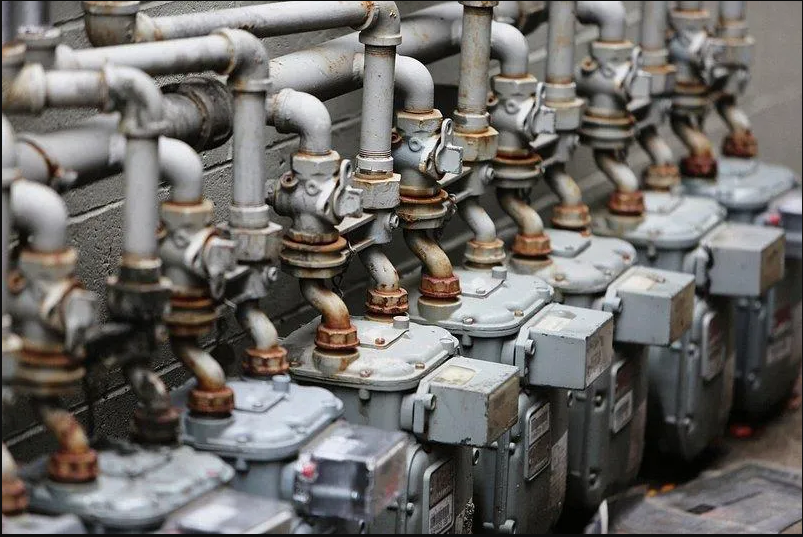My journey to building an App I knew Utilities needed — Part 1
The utilities business is a funny animal. It’s this constant hum of chaos that never quite boils over — until it does. And haven’t we all seen it? Massive transformation projects kick off with the grand aplomb of starting with a clean slate, shaking off all the old demons. But as the months roll on, the shiny new systems and processes fall flat. The grand reset or the promised land turns into a frustrating mess of missed opportunities, project overruns, and painful discoveries after the implementation that utilities simply learn to live with. And those are the happy endings in the industry. For others, the road to recovery winds through odious bouts of PUC/regulatory reviews, potential fines, and incredibly low customer sentiment.
And spare a thought for the Customer. Customers face the brunt of these ball drops as they get dinged with irregular, incorrect, or inflated bills. And that’s not all — in many markets, they actually fund these $300-$600 million ‘transformations’ through rate cases.
Why is it like this you ask? There isn’t one single reason. The SI would have pitched something unachievable, no one on the customer side would know enough to challenge the SI’s assertions, there’d be very little actual requirement gathering because — after all, the SI brings in ‘best practices,’ so why bother? Reporting would be an afterthought. Change management would be a checkbox on the deployment plan. Data and analytics wouldn’t have gotten the invite.
As a guy who’s dipped his toes a fair bit in SAP, architecture, integration, process, data, analytics…oh, and AI too (because who hasn’t these days?), I watch with a mix of bewilderment, horror and, if I’m honest, frustration, as utilities keep getting sold these programs that are pretty much designed to fail. But I’m not here to change the world. At least, not that part. There are far too many vested interests in keeping that gravy train going.
The part of the world I intend to influence is an animal we call process. Specifically, the meter-to-cash process in utilities — just as a starting point!
This journey began about 5 years ago for me when I first encountered process mining and the Celonis platform. It was a revelatory moment, making me realize just how little we actually know about our own processes. What stood out the most was how brutally honest and direct the Celonis platform was in showing just how poorly most companies manage their processes. And when I say poorly, I mean it — most companies wouldn’t recognize their actual process if it walked up, slapped them in the face, and said, ‘Hey, you’re doing it all wrong!’
Of course, they’d probably wave around colorful sticky notes from their brilliantly executed process discovery workshops, proudly showcasing their ‘ideal’ process maps. But ask them how often they reckon the process actually executes the way they drew it up, and you’ll see them deftly dance around the obvious answer — they have no clue. Because here’s the thing — what they think is happening and what’s really happening are often worlds apart.
But I digress. Back to my journey to getting this app built out.
So cut to a couple of years ago when I executed a POC for a utility company for Meter to Cash. I instinctively knew then that this was going to be of incredible value to utilities — to be able to see every aspect of the M2C process, which has always been a multi-departmental flow in SAP requiring a lot of handholding just to get invoices out of the door in a timely & accurate manner. I also knew then that I would create an app someday that did just that.
I am happy to report that in the ensuing months, The Good Quarter Company has partnered with Celonis, and we are on the verge of delivering a process-driven app that helps utilities visualize the flow of their meter-to-cash process, identify bottlenecks, and resolve them to lower costs and maximize revenue assurance.
I know I’ve skipped a bunch of the juicy bits — the pains, the failures, the regrets and the fleeting successes but I am saving all that for later. For now, I can say there will be more to come in this space in the not-too-distant future, so watch this space for more updates.

